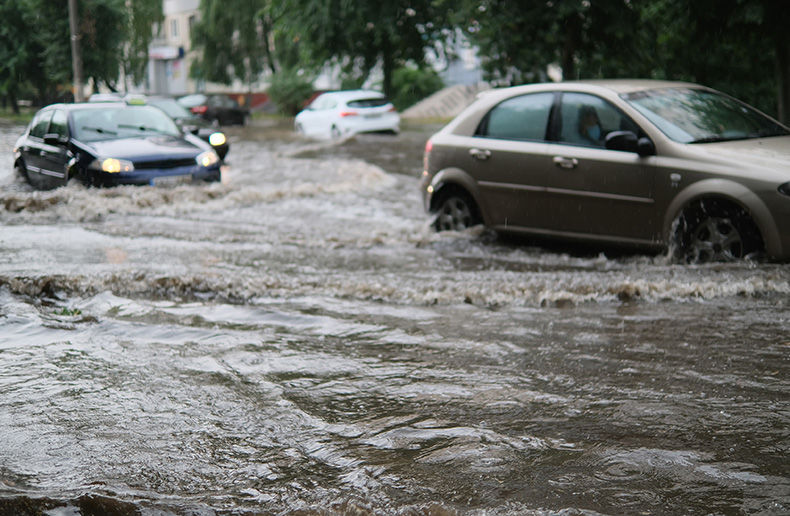In January, earthquakes, severe storms and winter storms struck, once again costing insurers millions of dollars, Aon reports in its monthly natural catastrophe recap.
Canada experienced a few storms in January. The west was the hardest hit. The Prairies and southern British Columbia, Alberta and Saskatchewan recorded economic losses estimated at $120 million ($M), the majority of which are insured, between January 12 and 14.
Another storm system tracked across western Canada and the Prairies from January 19 to 20. Gusts and heavy snowfall caused damage, particularly in Edmonton. Aon expects total insured losses to reach US$10 million.
Tropical cocktail hits US
A low-pressure system struck the northern Pacific coast from January 11 to 13. Heavy precipitation and high winds caused widespread power outages, flash flooding, landslides, downed trees and property damage in the region. Total economic losses were estimated at US$525 million. Slightly more than half was covered by insurance.
A succession of storms swept through California during the month of January. From January 17 to 20, gusts in the 100 kph range that buffeted in the Sacramento Valley, the Bay Area and Greater Los Angeles resulted in losses estimated at US$350 million. From January 24 to 29, a deluge of rainfall from an atmospheric river, also known as the Pineapple Express, doused the California coast, and blanketed the Sierra Nevada with snow.
Atmospheric rivers are long corridors of water vapour from the tropics that form at about one kilometre above sea level and extend for thousands of kilometres. Such corridors contain quantities of water equivalent to 10 or 15 times that contained in the Mississippi River. When a river reaches mountain ranges such as the Sierra Nevada, the steam rises, cools and condenses. This results in intense precipitation.
This phenomenon triggered flash floods and landslides in January. Additional damage and widespread power outages caused losses in excess of US$100 million. At least two deaths were reported.
The Nor’easter that persisted from January 30 to February 3, affecting New York City in particular, caused less property damage than originally feared. All the same, total losses from the snowstorm are still estimated at a few million U.S. dollars.
Spain struggles with snow
Spain experienced heavy snowfall in January, causing US$2.2 billion in losses and business interruption. Insurers will have claims of several tens of millions of euros to cover.
In addition, Spaniards were affected by windstorm Hortense, which also swept through southwestern France and Corsica. Then a swarm of earthquakes hit Granada in southern Spain. The strongest tremor reached magnitude 4.3 on January 28. The national insurance consortium said it had received more than 3,400 claims as of February 3.
Cold weather in Asia
In Indonesia, a magnitude 6.2 earthquake hit the Majene Regency on January 14. Government officials confirmed that at least 108 people were killed or missing and 3,369 injured. More than 7,100 homes and other structures were damaged. Preliminary costs are estimated at US$60 million. However, total losses for the month of January are expected to be even higher because several floods caused by heavy rains struck the country during the month.
A wave of very cold air engulfed northern China in early January. The China Meteorological Administration recorded new minimum temperature records in at least 60 local stations. The frost damaged agriculture in Mongolia, Jilin and Liaoning. Total economic losses were estimated at US$155 million.
Heavy snowfall fell on Japan from January 7 to 12, killing 23 people and injuring at least 394 others. The agriculture and transportation sectors were heavily damaged. Total insured losses were expected to reach hundreds of millions of US dollars.
Extremely low temperatures coupled with snowfall affected parts of Taiwan from January 8 to 12; the national capital Taipei was considered the worst hit.











